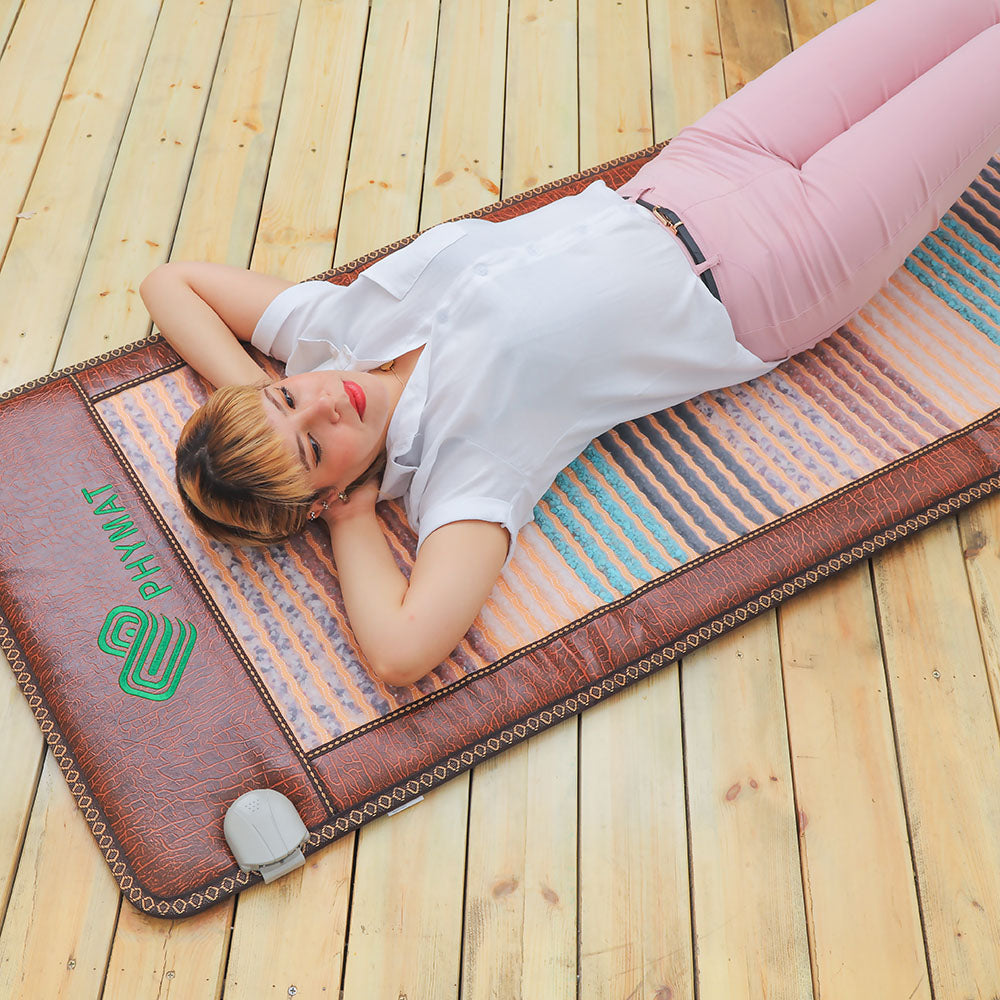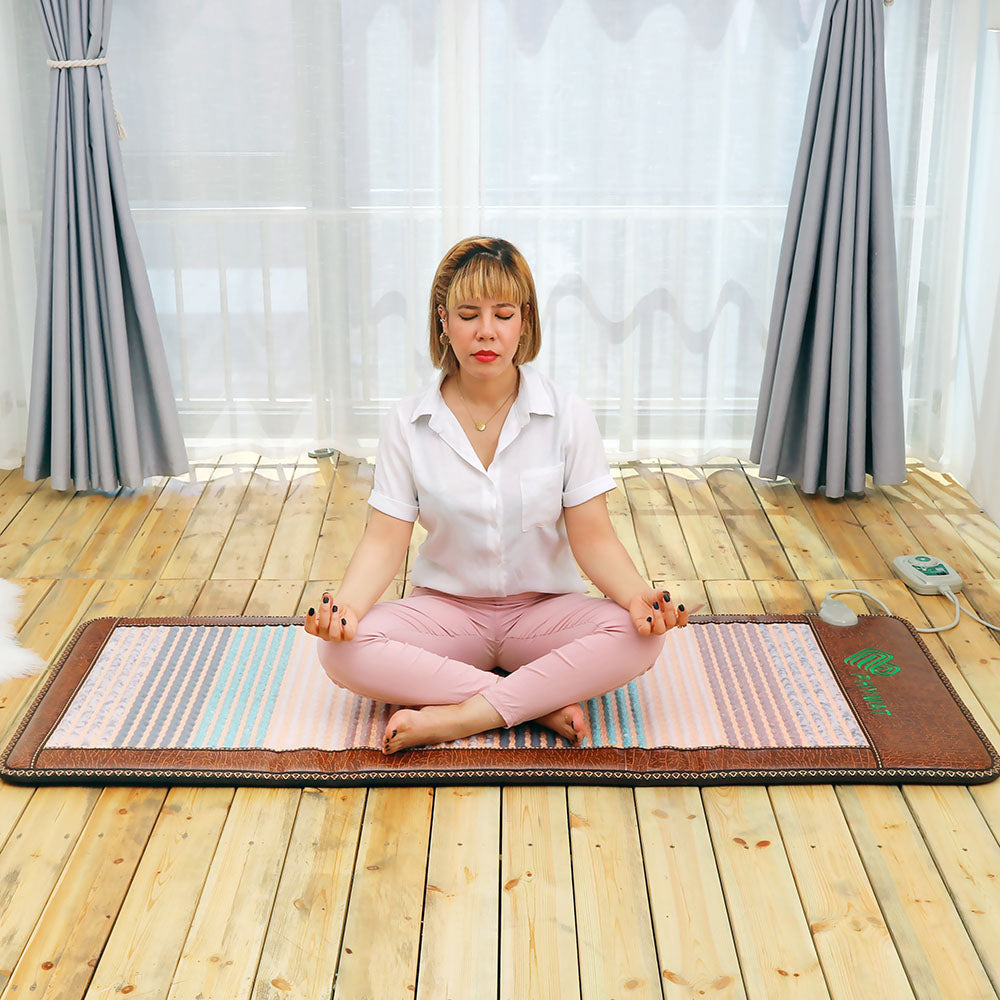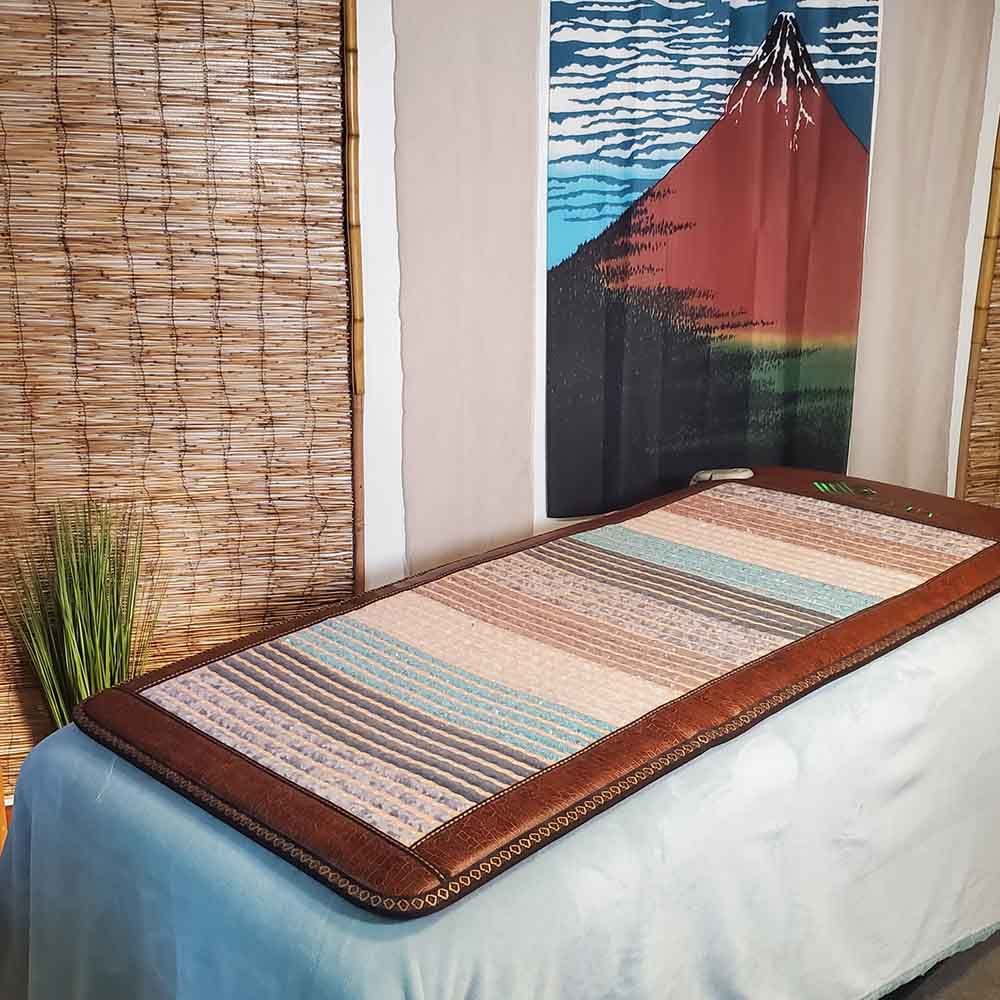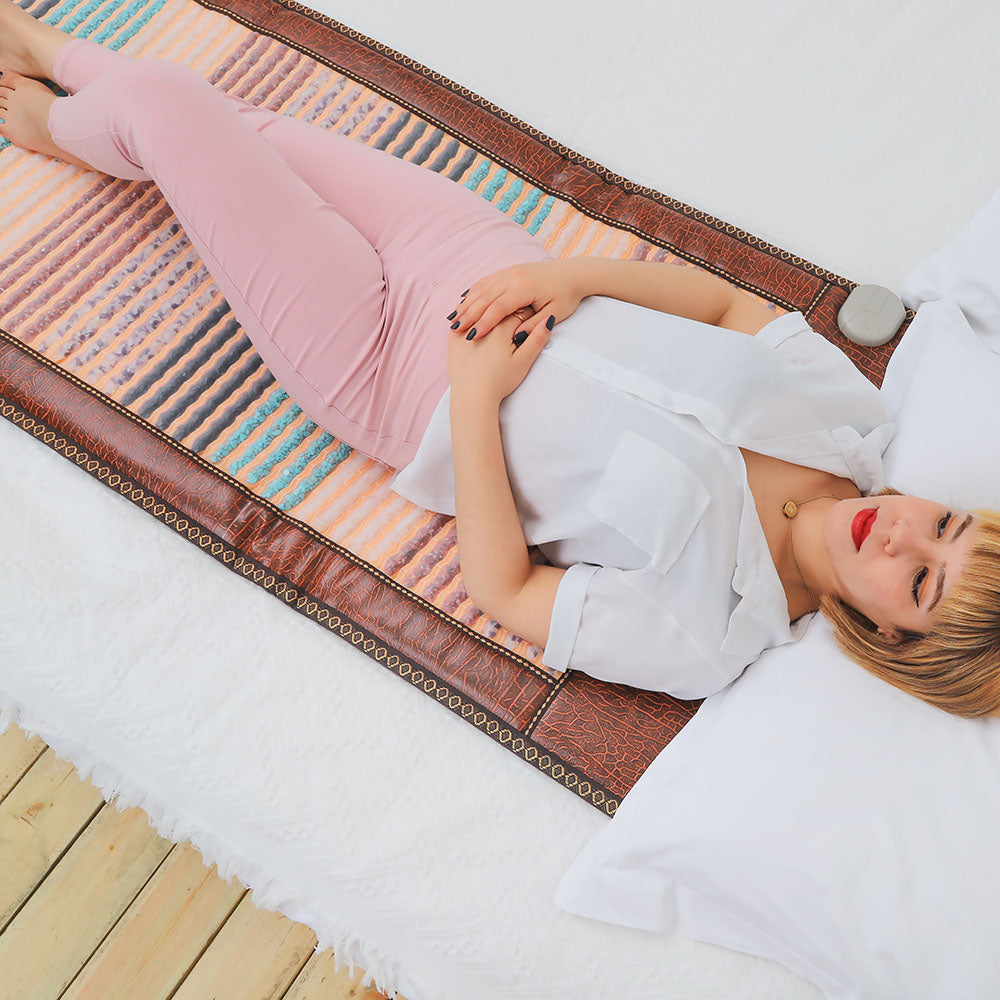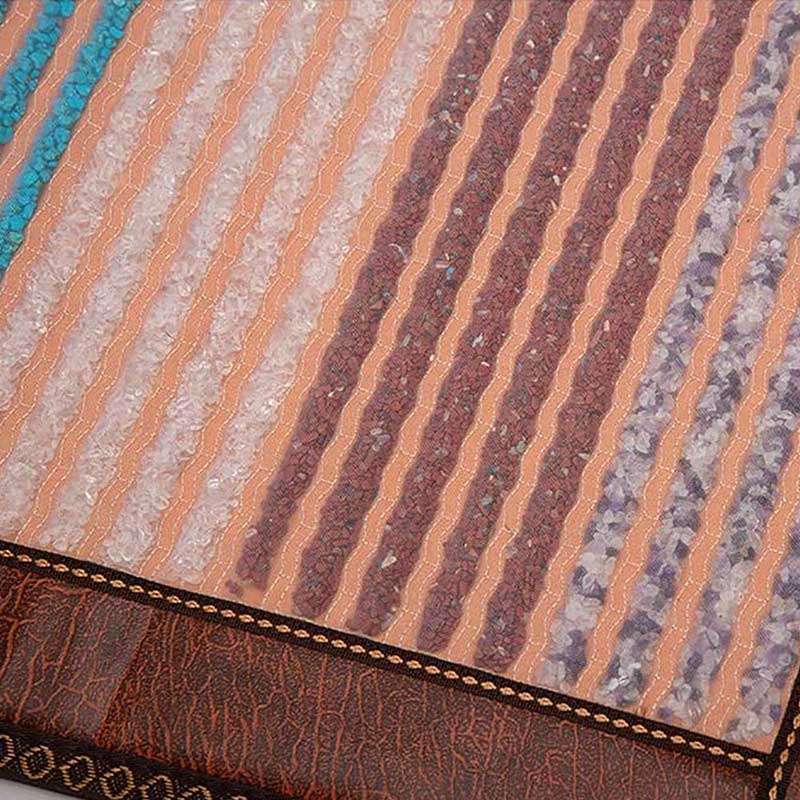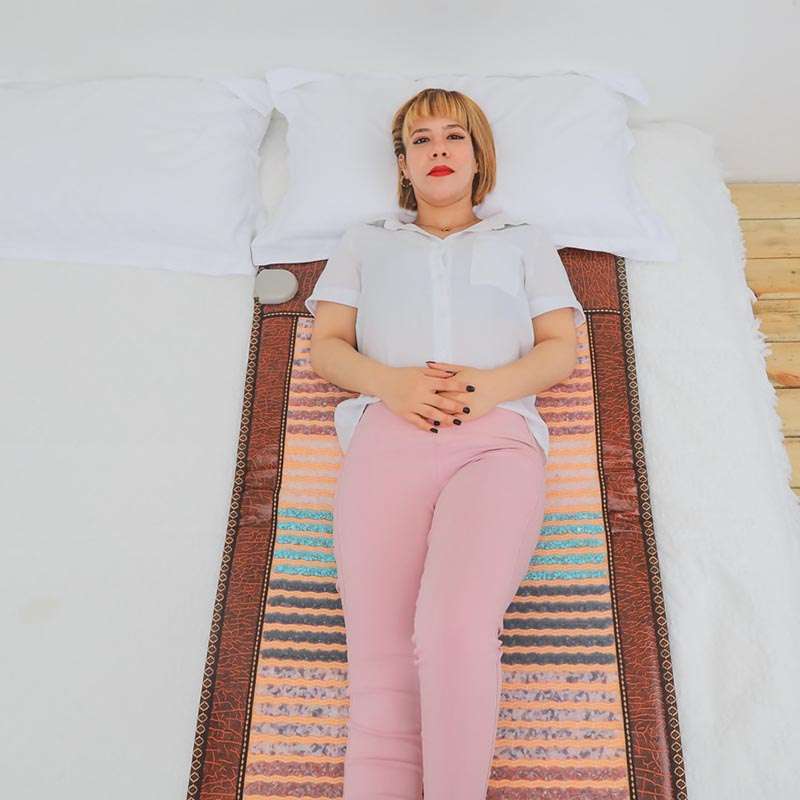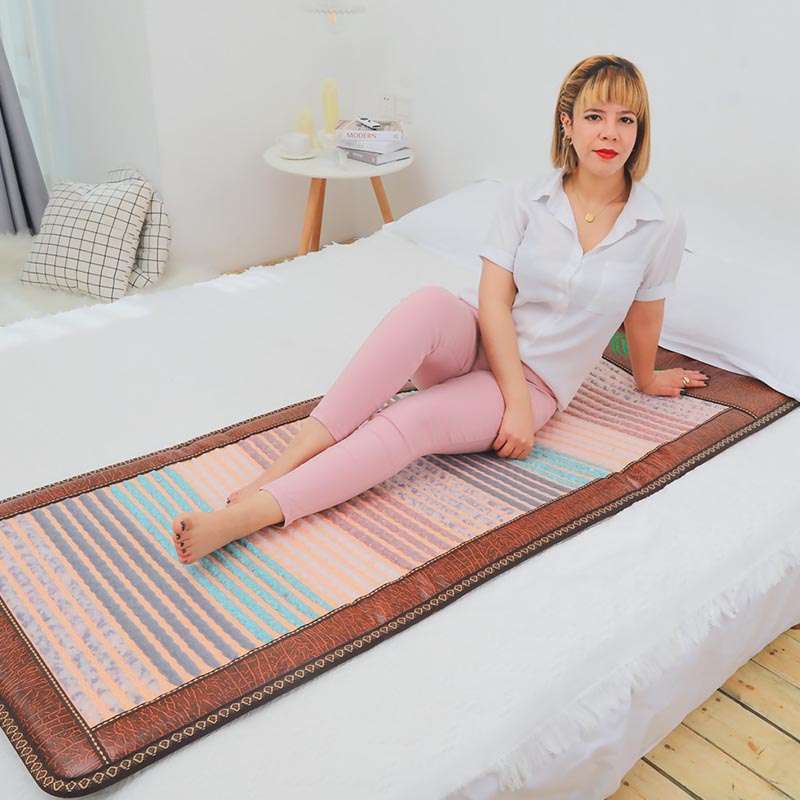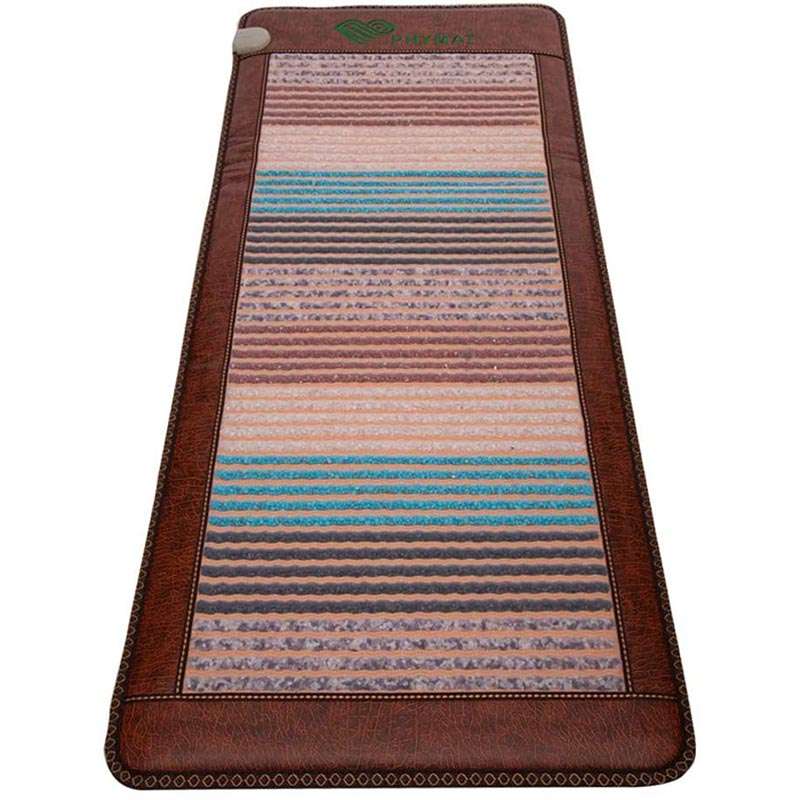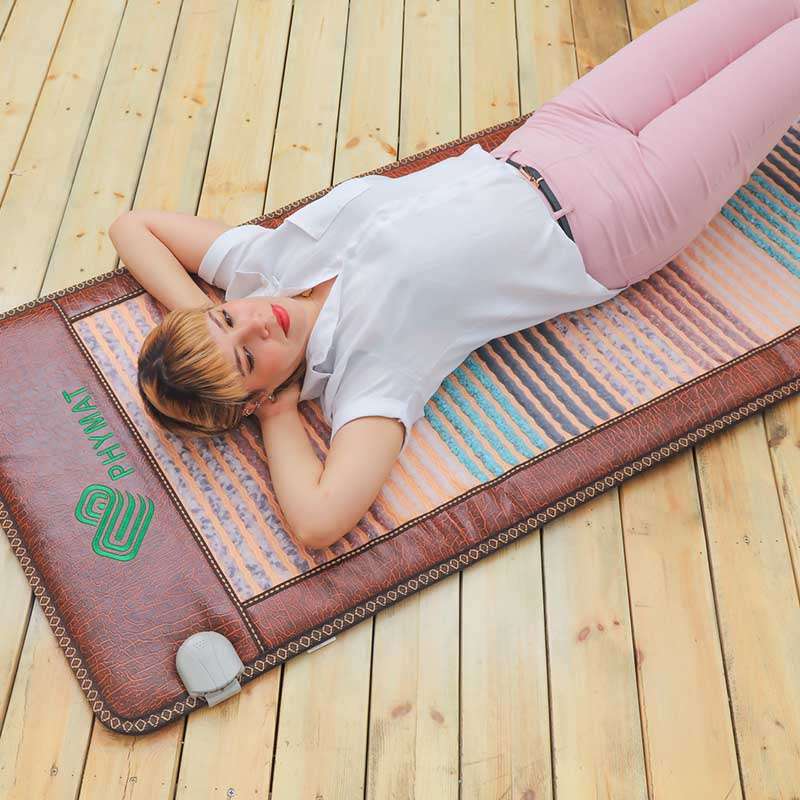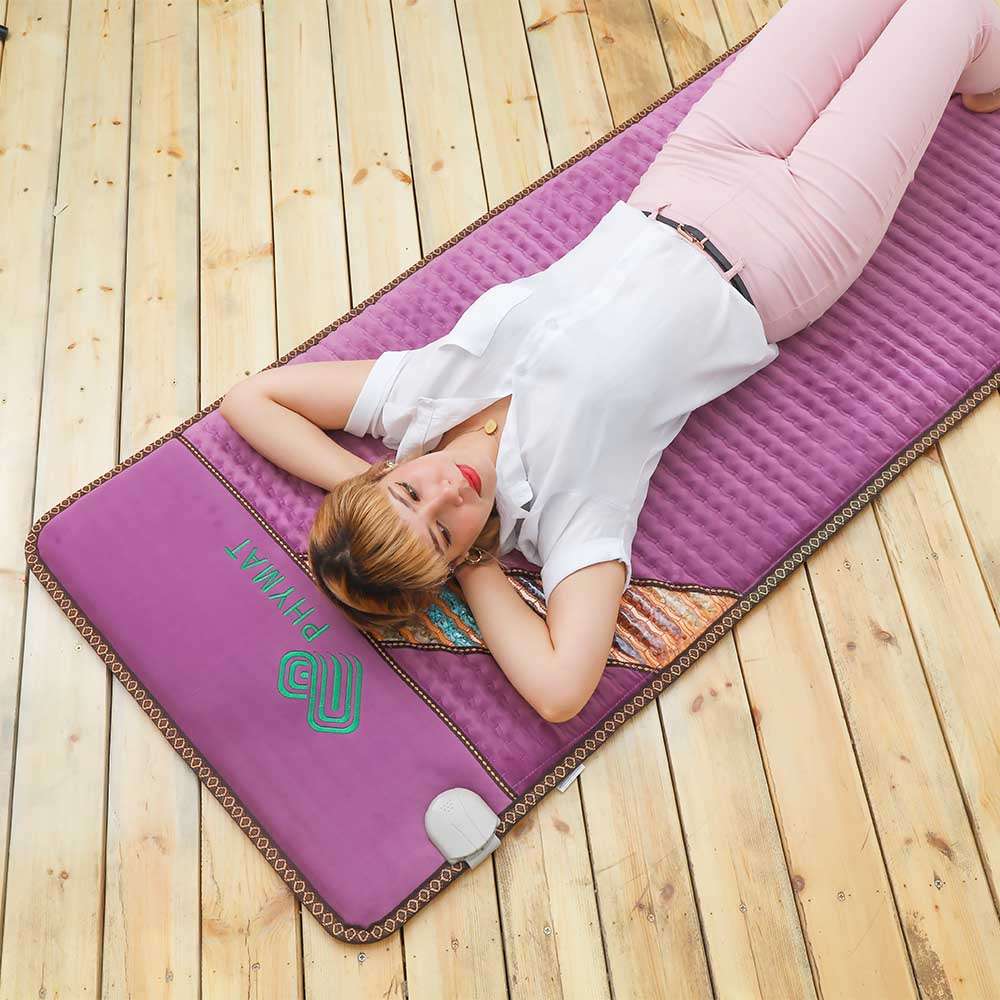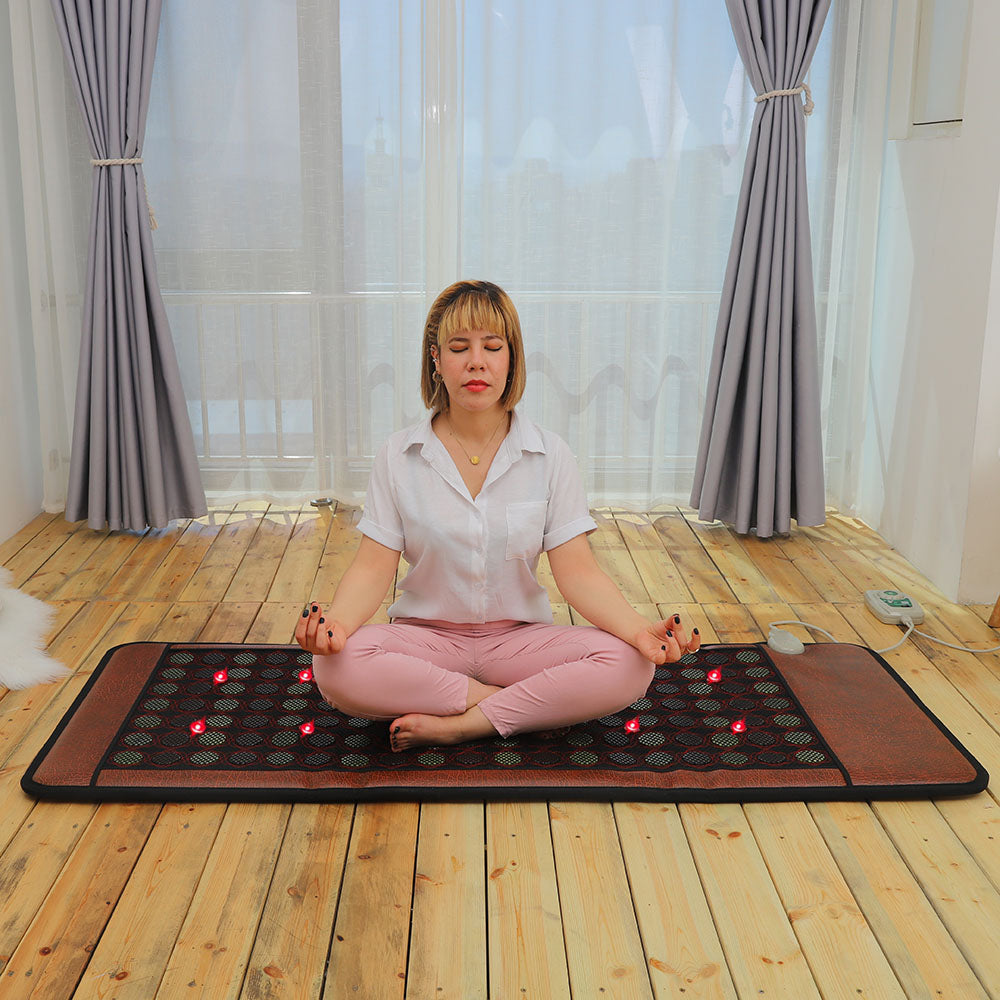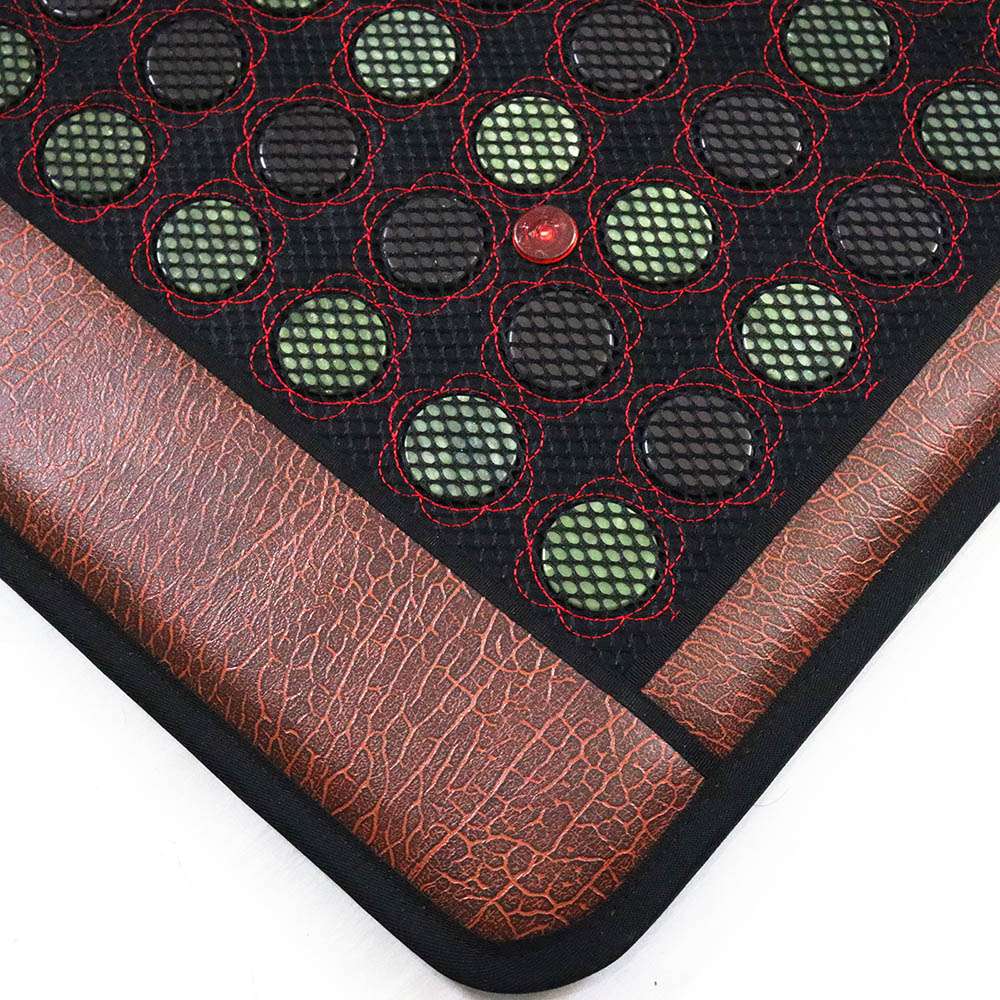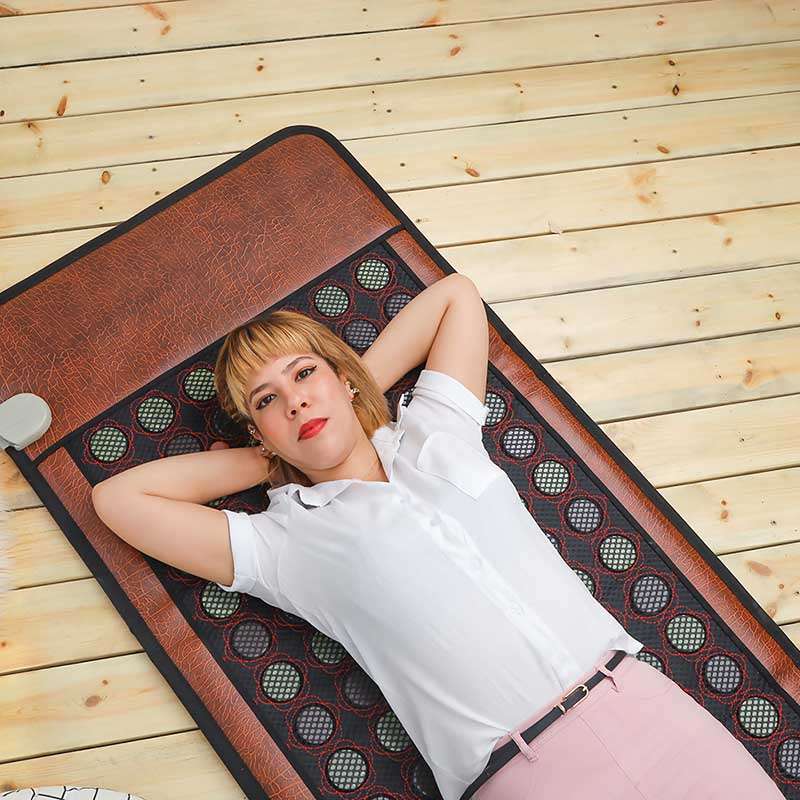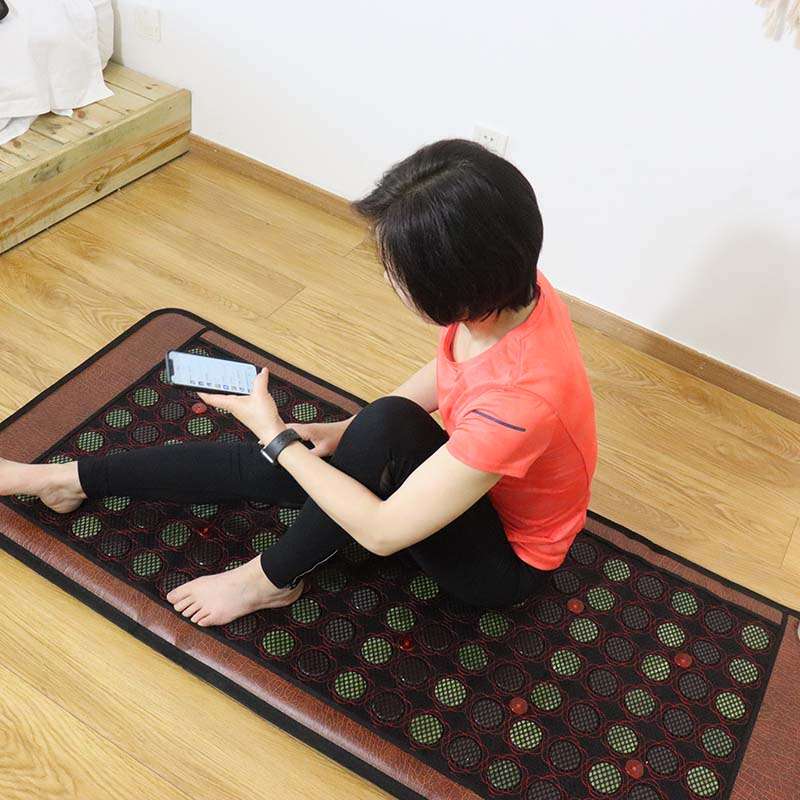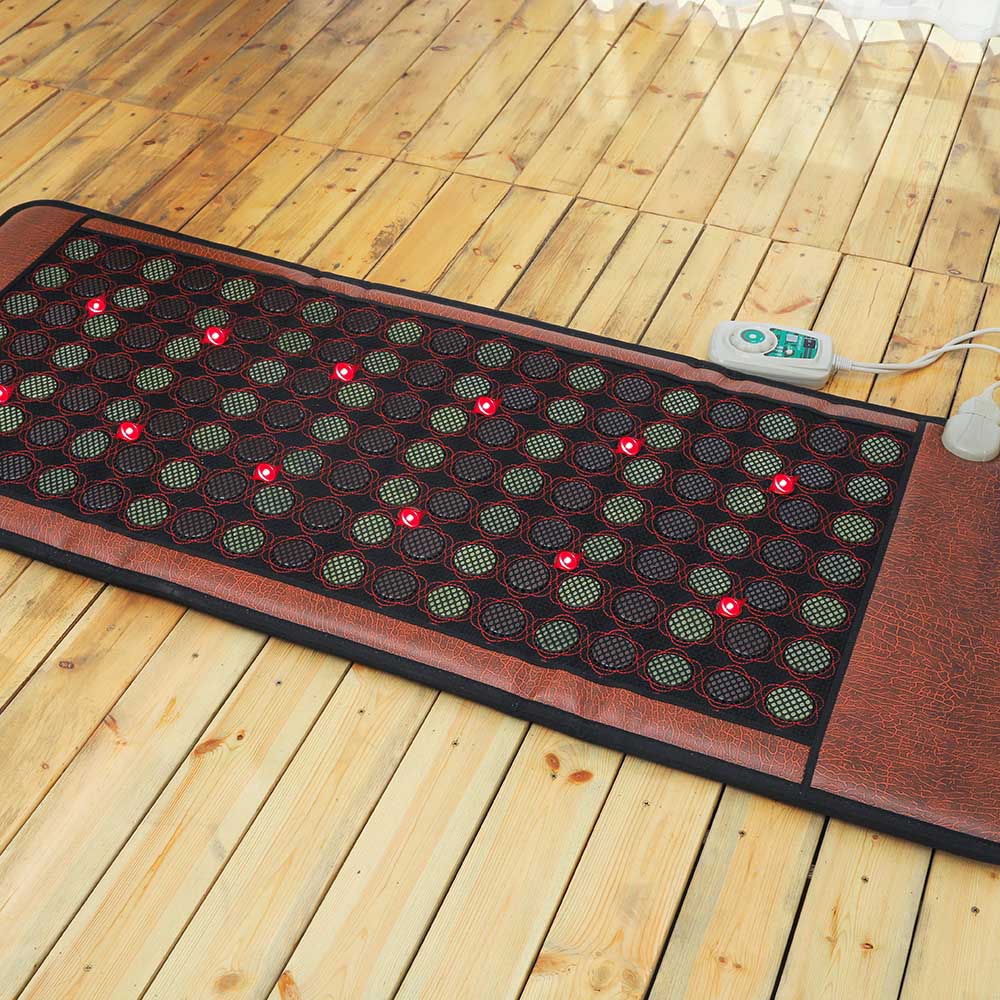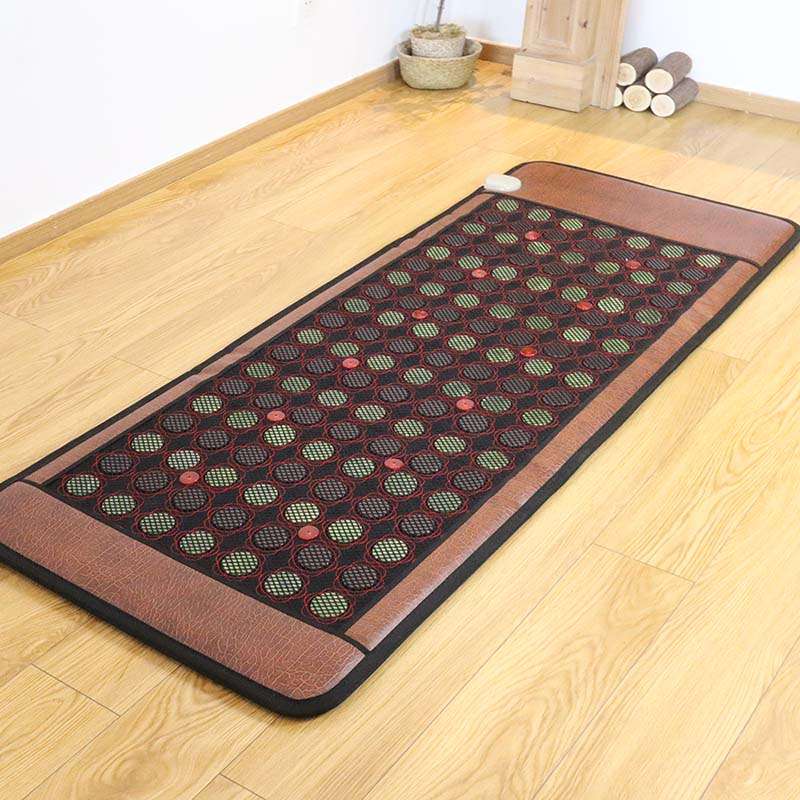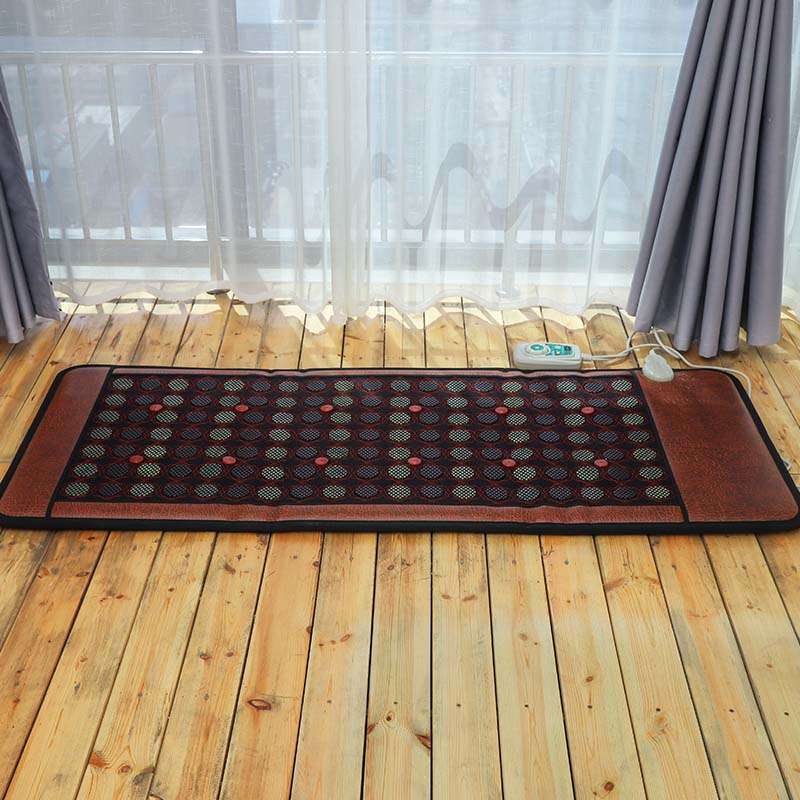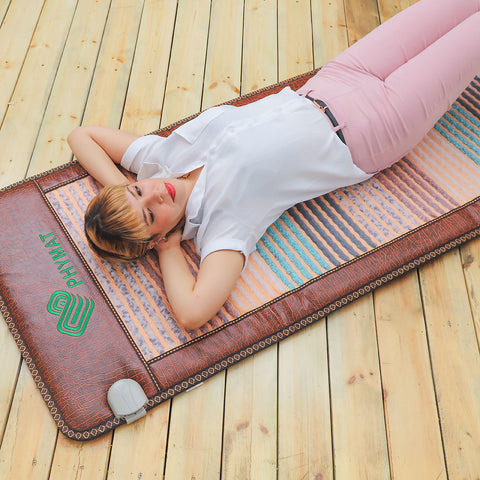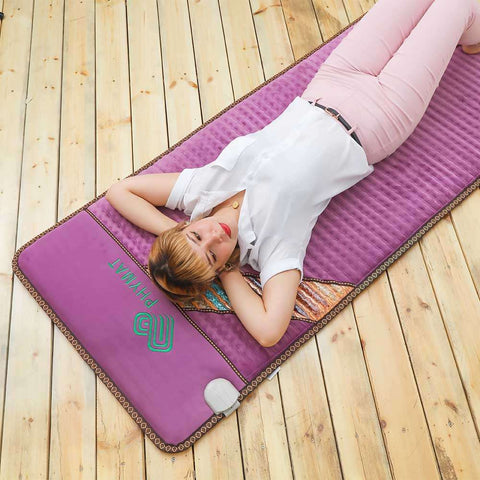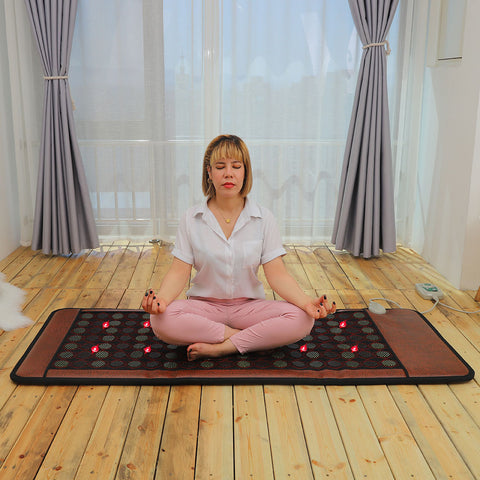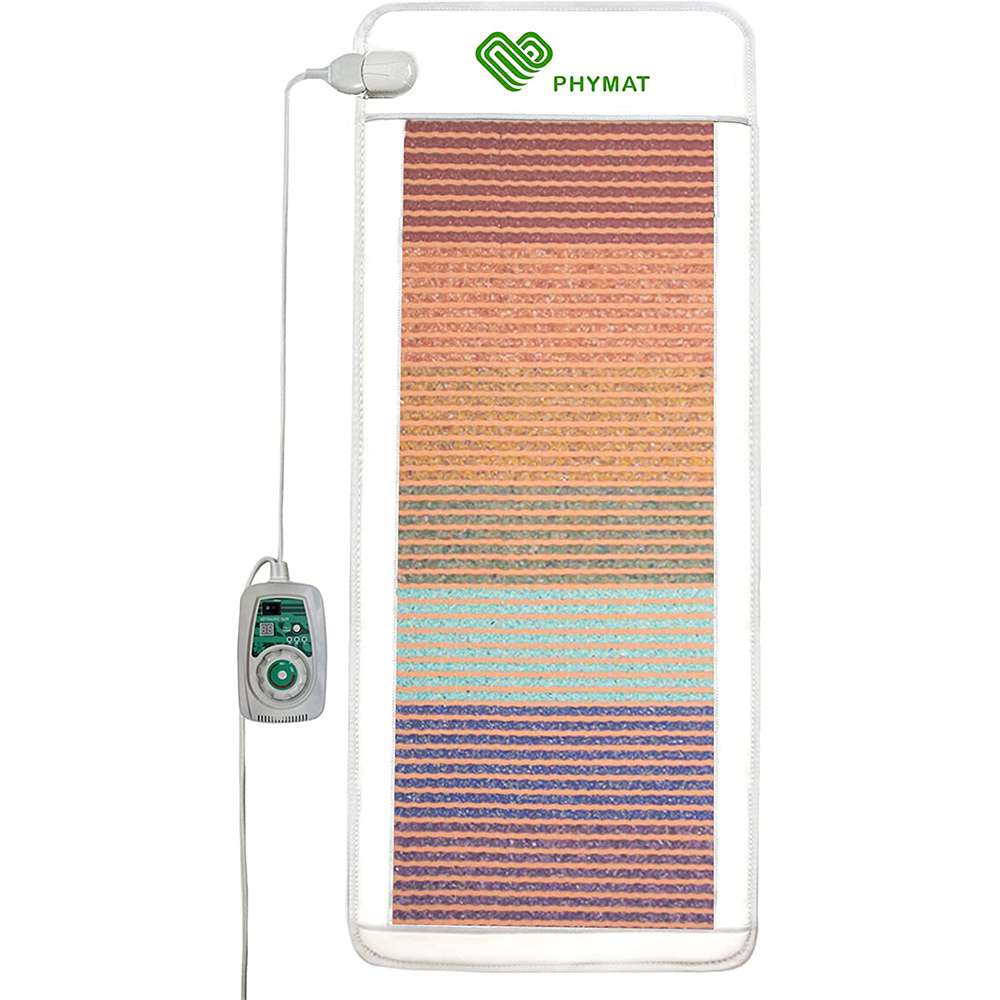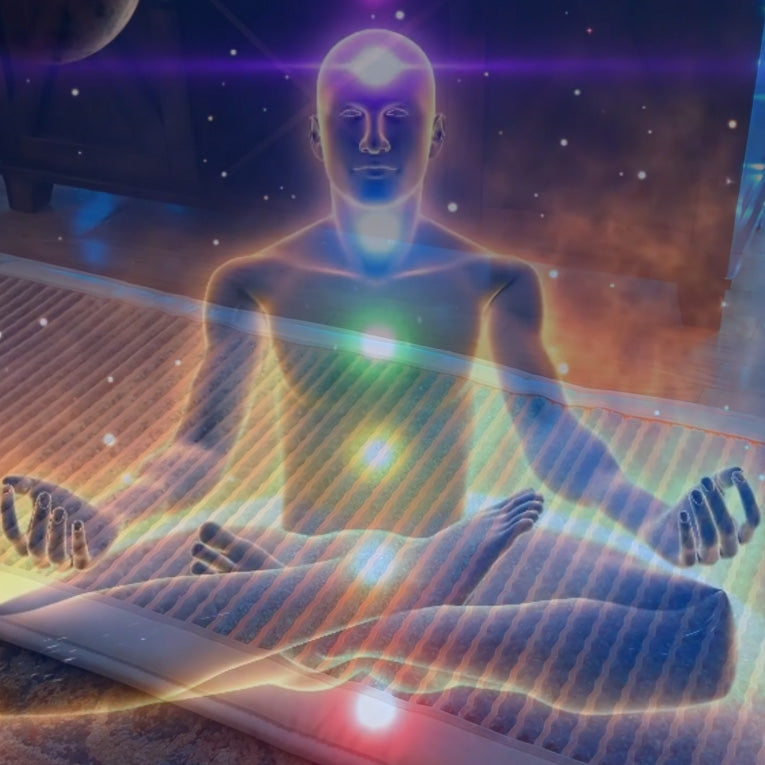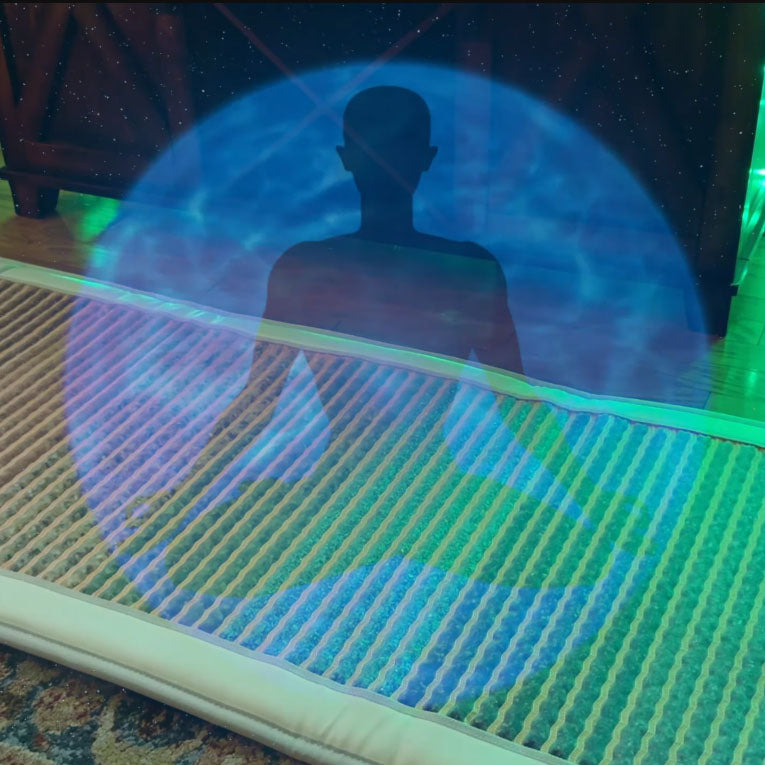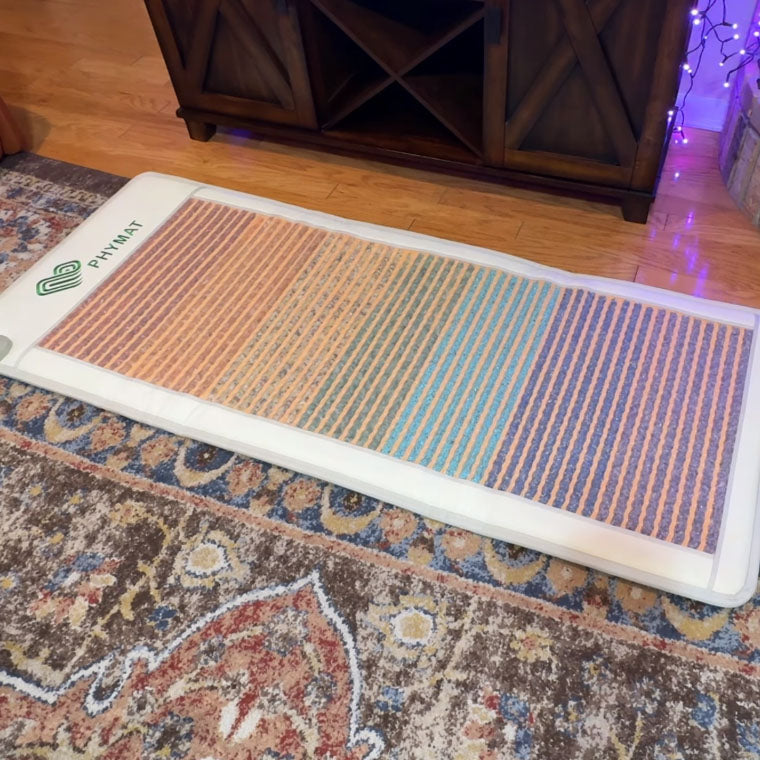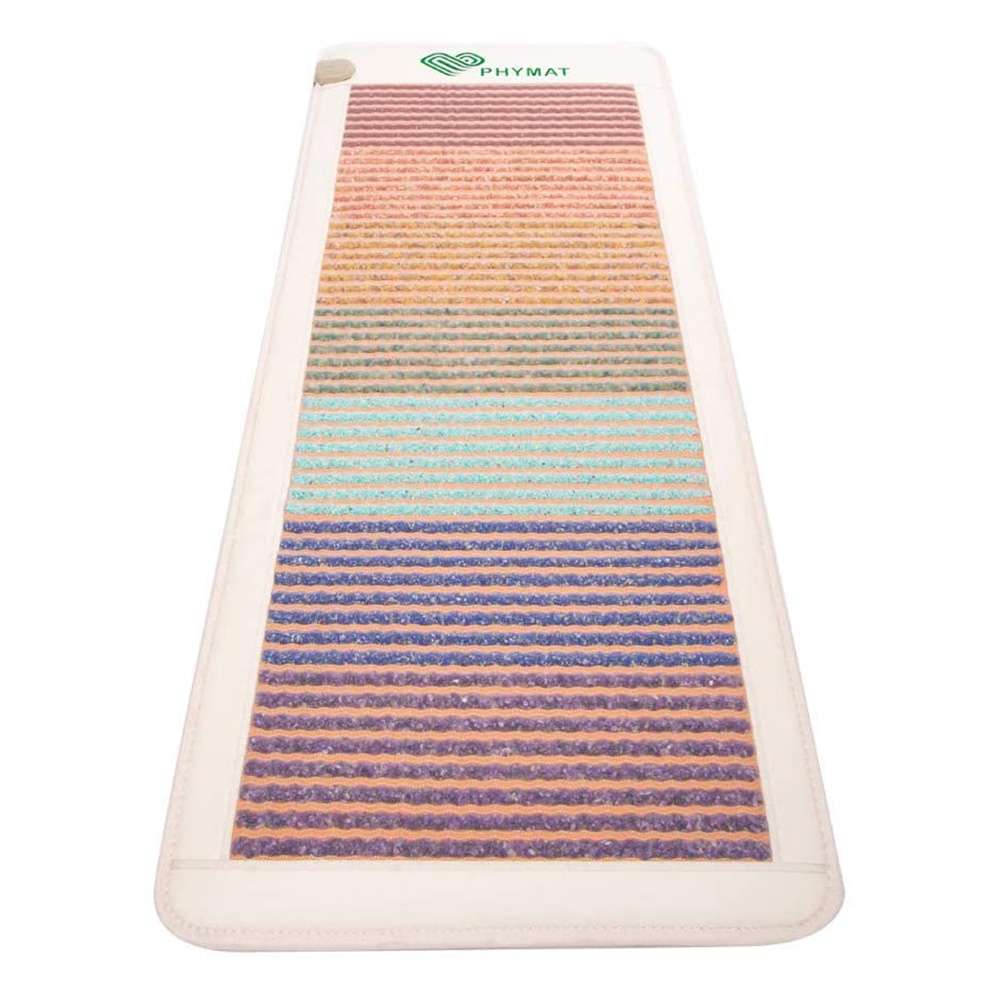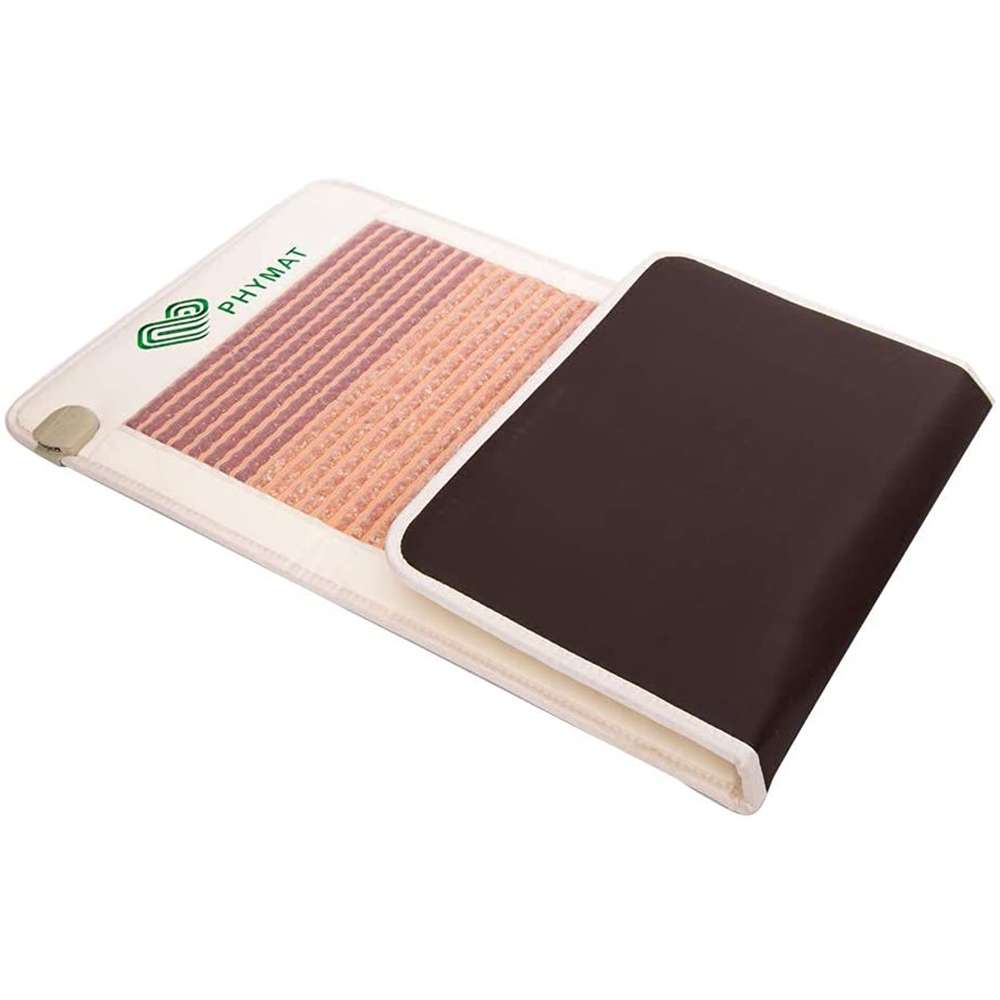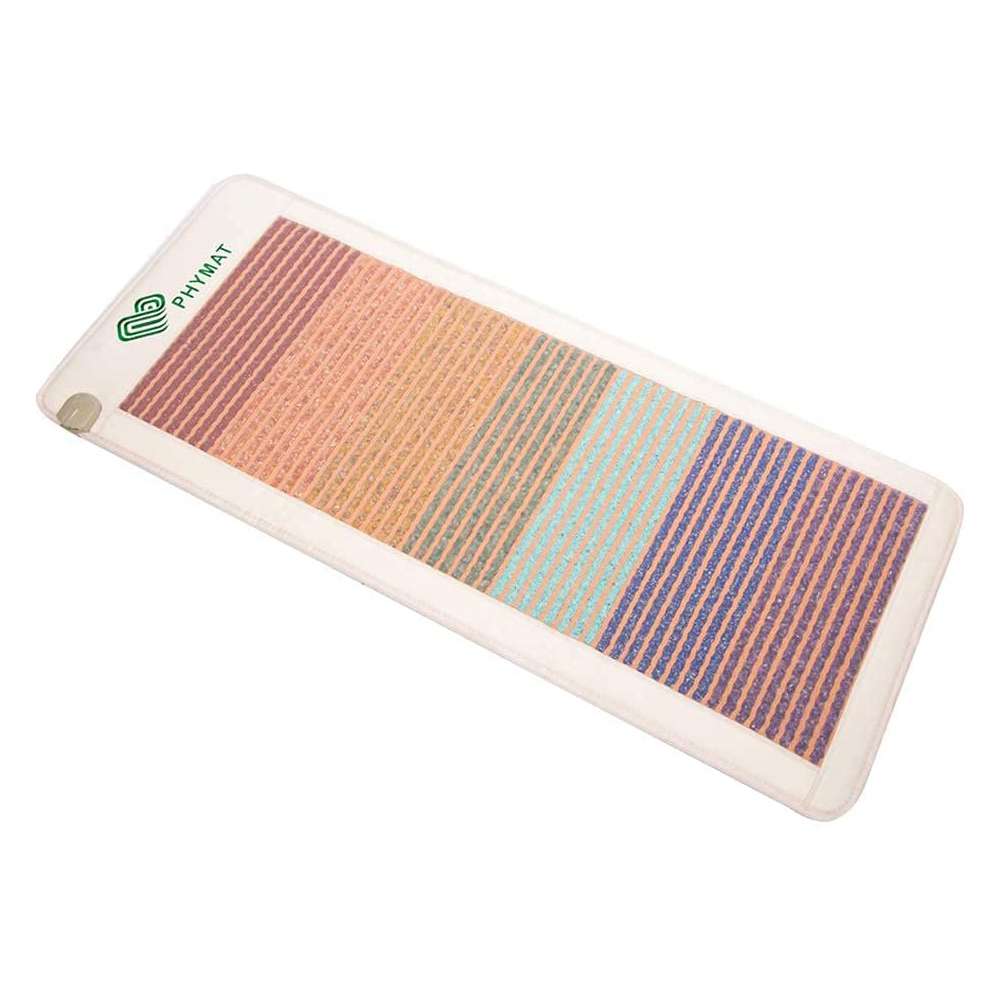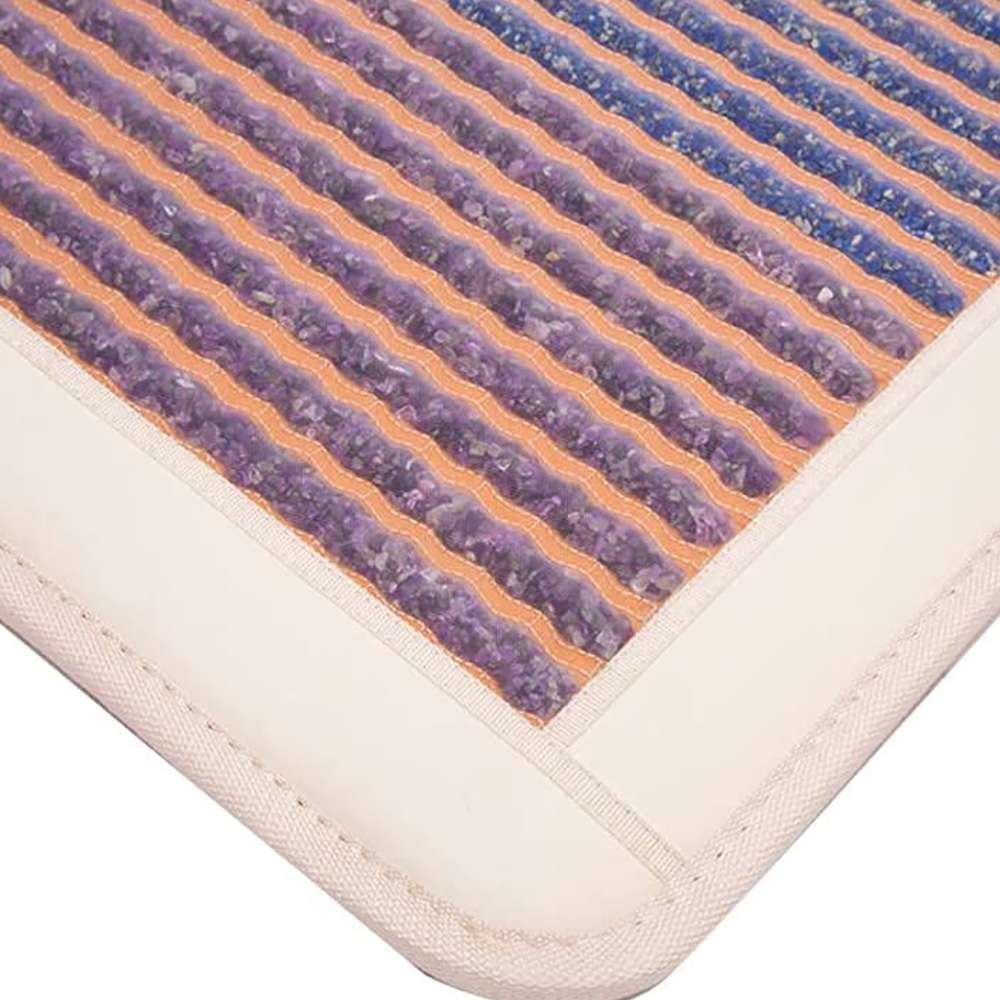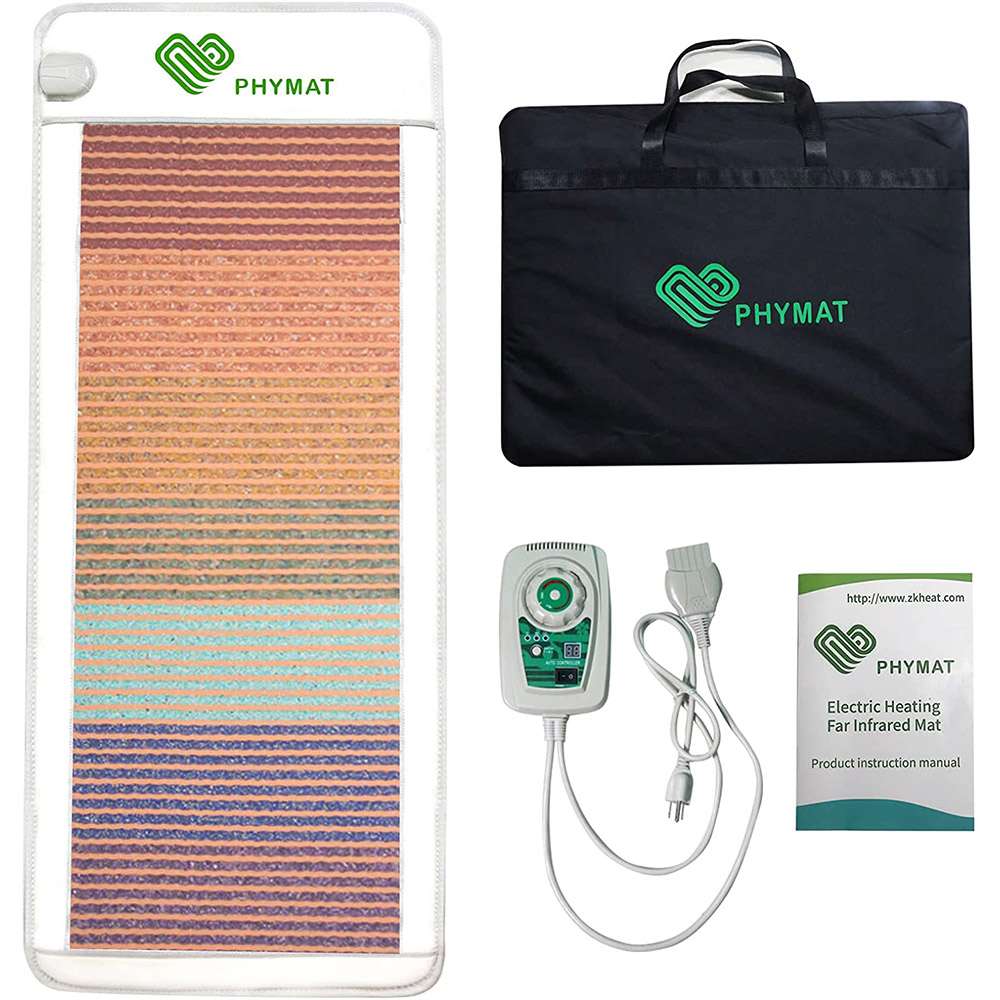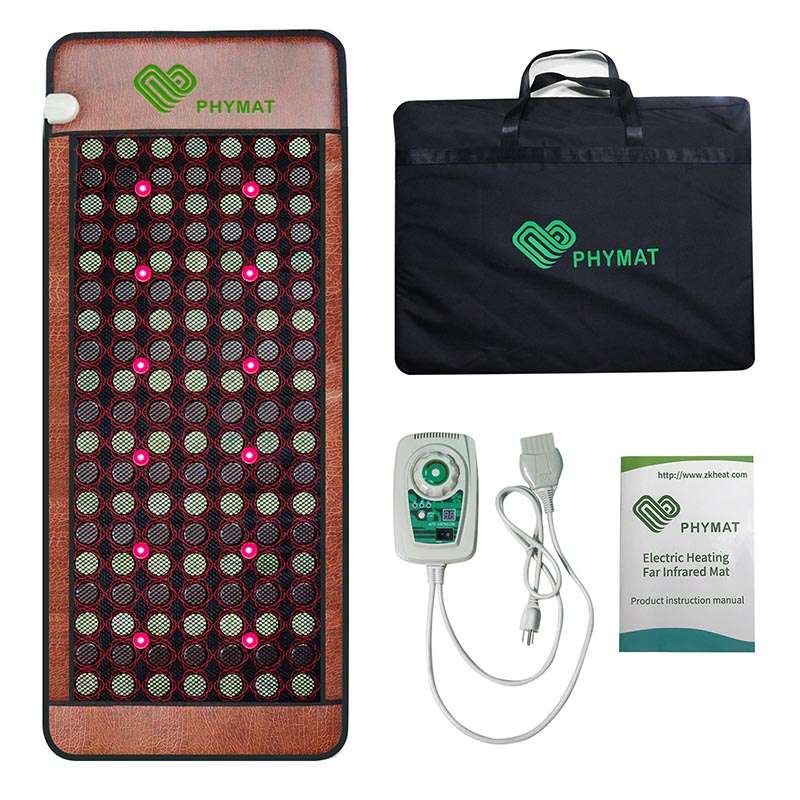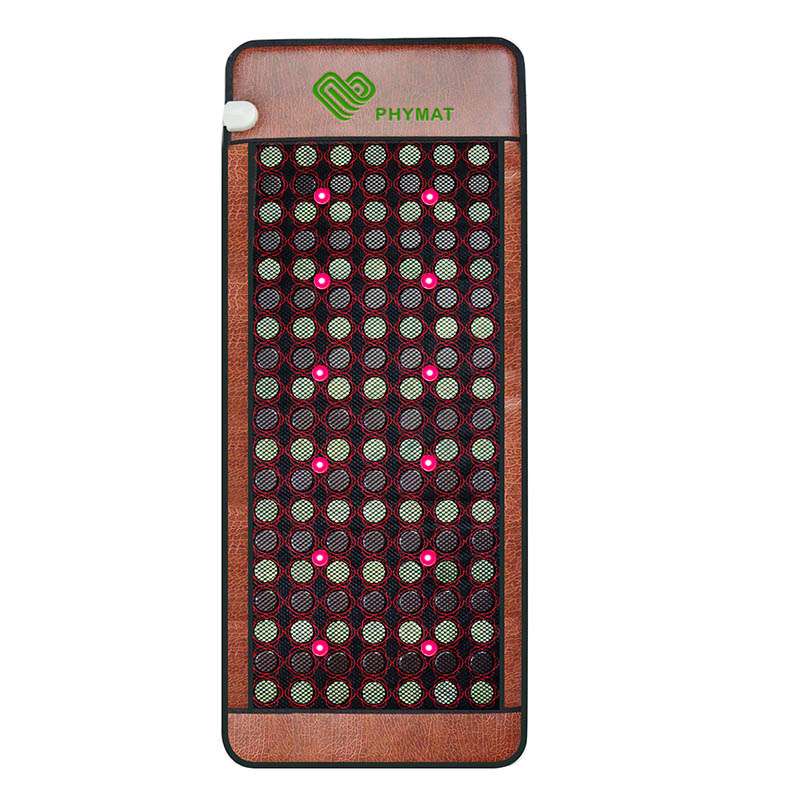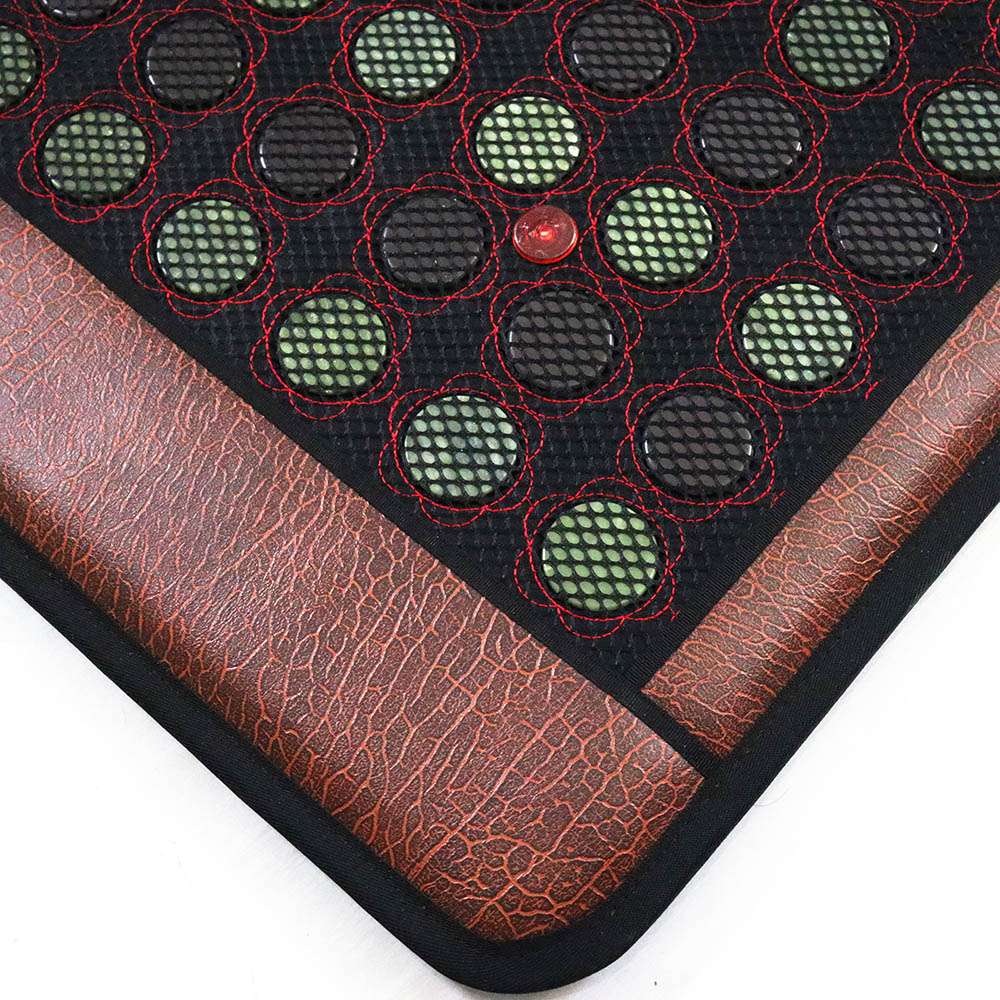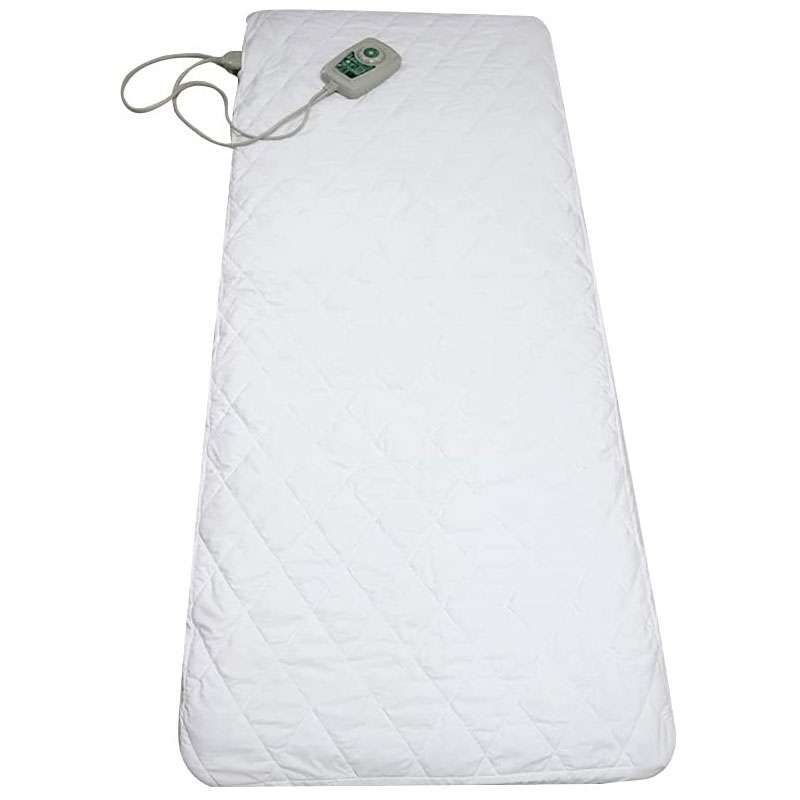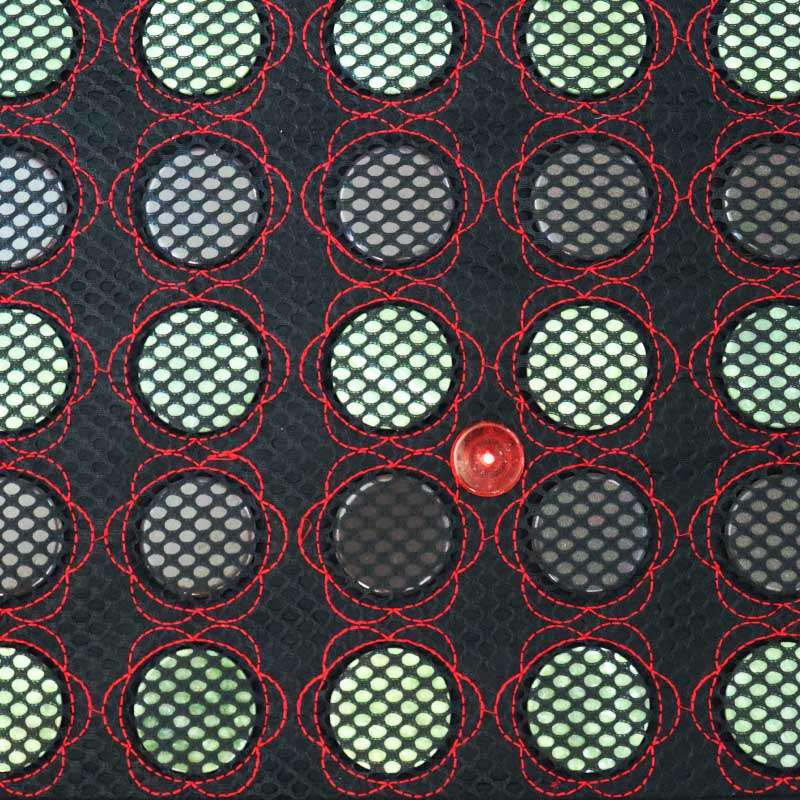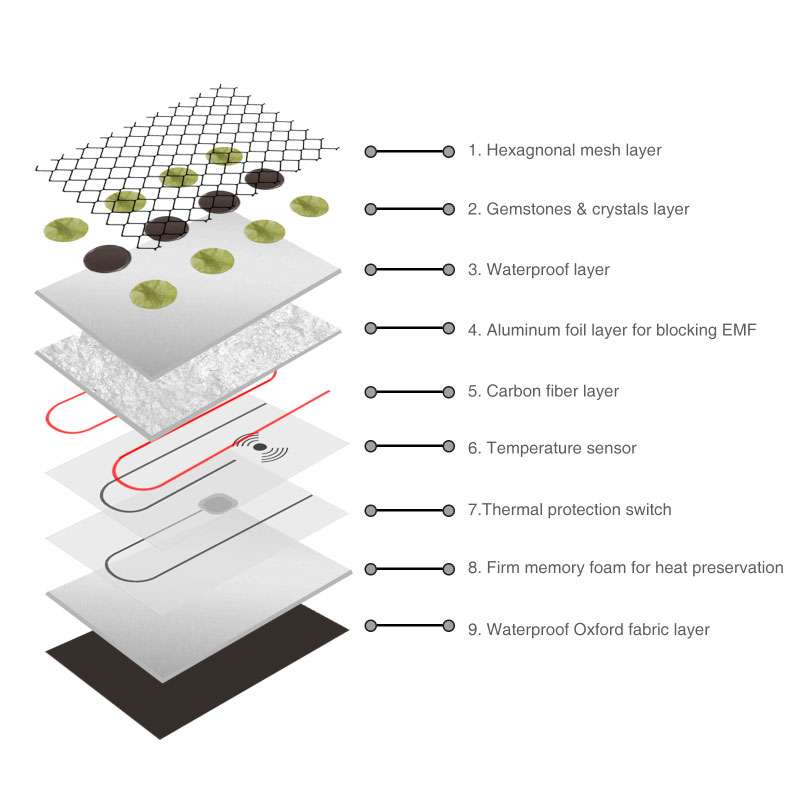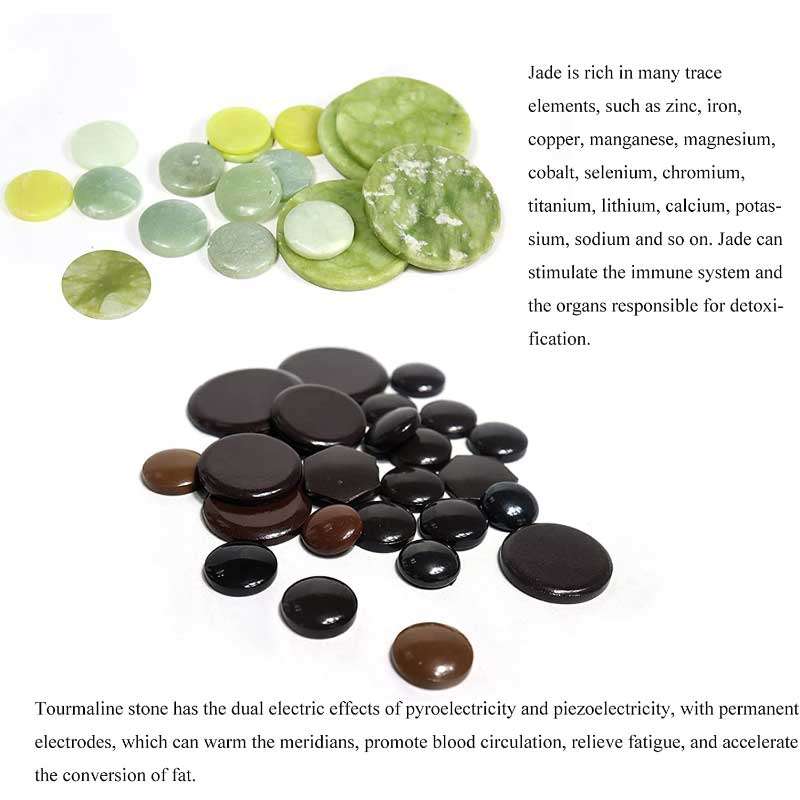Do sharp hip pains make it difficult to get up in the morning, move about during the day, and lie back down at night? Are your knees painful, or do you feel like they may buckle underneath you without warning? How to relieve hip and knee pain has become such an intractable question for many people.
In this article, we discuss various ways to relieve hip and knee pain, along with an overview of why people suffer from hip and knee pain.
Hip and knee pain is a common problem faced by people of all ages. Anyone can suffer from joint pain due to excessive overuse, lifestyle choices, underlying medical conditions, or physical injuries. Hip and knee joints are critical joints of the human body, and their smooth functioning is essential for maintaining optimal mobility and flexibility. They are common sources of pain and discomfort due to their complexity and constant use.
Hip and knee pain affects your daily life
Hip joint pain and knee pain can seriously interfere with your life because they limit your mobility and overall ability to perform daily tasks. Hip and knee joints are crucial for lower body movements such as walking, running, and bending. When these joints experience pain, it can lead to difficulty bearing weight, walking or moving around.

Chronic pain in these joints can also be emotionally taxing, leading to stress and depression. This can further impact social life and relationships. Additionally, it can negatively affect sleep patterns, leading to poor overall health.
Hip and knee pain can significantly impact an individual’s ability to stay physically active, which is crucial for maintaining overall health and well-being. Physical activity prevents numerous health issues, such as heart disease, obesity, and diabetes.
Overall, hip joint and knee pain interference with daily activities can lead to a decreased quality of life and an increase in health problems. It is highly recommended to seek proper medical attention to address these joint pain issues before they become too severe.
Causes of hip joint and knee pain
Hip and knee pain can occur for numerous reasons, including:
Osteoarthritis: Osteoarthritis is a common medical condition that affects the joints, particularly the hip and knee joints in the elderly.
Injuries: Injuries such as sprains, strains, and fractures to the hip and knee joints can lead to pain and discomfort.
Overuse: Overuse of the hip and knee joints, such as repetitive motions or standing for long periods, can lead to pain and stiffness.
Rheumatoid arthritis: Rheumatoid arthritis is an autoimmune disorder that causes chronic inflammation in the joints, leading to pain, swelling, and stiffness.
Obesity: Excessive weight can stress the joints, leading to pain and discomfort.
How to Relieve Hip and Knee Pain?
Hip and knee pain can cause significant discomfort and disrupt your daily activities. Understanding the causes of joint pain and taking appropriate measures can relieve pain and improve mobility. With appropriate treatments and methods, you can manage hip and knee pain effectively. However, it is always wise to seek medical advice before trying any pain-relieving strategy or therapy.
Treatment plans will include targeted stretches and exercises to relieve pain and improve function in the affected hips or knees. Additional methods might be added as your physical therapist deems fit. Your progress will be closely tracked to help you reach your goals quickly.
1. Exercises for reducing hip and knee pain
Although there are many possible causes of hip and knee pain, ranging from muscle strains and injuries to arthritis and inflammatory disorders. Like stretching provides relief for lower back pain, exercises effectively relieve hip and knee pain. It causes your joints to compress and release, bringing blood flow, nutrients, and oxygen into the cartilage. This can help build strength, reduce pain and restore mobility. If you’re inexperienced with exercise, start with low-impact activities, such as walking, swimming, biking, cross-country skiing, and also strengthening exercises.

2. Medications
Pain relief medicines are usually the first choice for osteoarthritis of the hip and knee. Simple pain relievers, such as acetaminophen (Tylenol), are available without prescription and can reduce pain. Non-steroidal anti-inflammatory medications include other over-the-counter medications such as aspirin, ibuprofen (Motrin or Advil), or naproxen (Aleve) to reduce pain and swelling in the joint. More potent pain relievers are prescription-strength, non-steroidal anti-inflammatory drugs (NSAIDs) prescribed by your doctor.
3. Weight Loss
Studies have shown that as your weight increases, hip pain increases. Based on the physics of the hip and knee joints, you can put three to five times your body weight across these joints throughout the day. Simple weight loss can reduce stress on your weight-bearing hip and knee joints. That’s why losing as little as 5% of your weight can significantly reverse inflammation and relieve hip pain.
4. Ice and heat therapy
Cold and heat therapy is a commonly applied treatment to relieve hip and knee pain. When you use a heating pad or hot water bottle, blood flow increases. This makes it easier for oxygen and nutrients to reach your painful joints. Heat loosens tight muscles and joints and relieves pain and muscle spasms. If you have swelling, use ice for 24 hours, then switch to heat. Cold therapy reduces blood flow to the area, decreasing swelling and inflammation. If swelling isn’t a problem, it’s fine to use heat when you first notice knee pain.
5. Massage therapy
If you have hip and knee pain, massage therapy is an excellent treatment option. By releasing tension areas through kneading, mobilizing and stretching techniques, space is created for misaligned areas. This gives the body an opportunity to shift into better alignment. Massage also provides natural pain relief, as direct massaging increases circulation that replenishes stagnant areas, improving tissue health and releasing natural opioids like hormones. Your body becomes more relaxed and moves into rehabilitation mode.
6. Acupuncture
Acupuncture involves inserting very thin needles through the skin at various pressure points on the body. This traditional Chinese medicine practice originated thousands of years ago and is based on energetics in the human body. By inserting fine needles into specific points in the affected muscles and tissues, acupuncture and dry needling can stimulate the body’s natural healing response. This can reduce inflammation, improve blood flow, and promote muscle relaxation.

Moreover, studies have shown that acupuncture and dry needling can effectively reduce hip and knee pain and improve physical function. This is for individuals with hip arthritis, hip bursitis, knee osteoarthritis and running injuries. The treatment is safe, minimally invasive, and can be used as complementary therapy alongside conventional medical treatments.
Infrared PEMF therapy mats have been proven effective to relieve joint pain
As a flexible-to-use mat that combines two main effective therapies, Infrared-ray therapy and pulse electromagnetic fields (PEMF) therapy, PHYMAT Infrared PEMF Mat has been introduced by many Joint Chiropractic, Healing Therapy, and Pain Relief Centers in recent years.
1. Deep-penetrating far-infrared rays promote healing
Far-infrared rays deeply penetrate the body and raise the core body temperature, promoting blood flow, reducing inflammation, and increasing nitric oxide production. This increased blood flow carries oxygen and nutrients to the affected area and removes waste and toxins, reducing pain and promoting healing. Additionally, far-infrared rays stimulate endorphins, which are natural painkillers in the body. Far-infrared rays may alleviate chronic pain. When applied to the affected painful area, it relieves hip and knee pain effectively.
2. PEMF therapy reduces inflammation and pain
Pulsed electromagnetic field (PEMF) therapy involves the use of low-frequency electromagnetic pulses to stimulate the body’s natural healing process. When it comes to hip and knee pain, PEMF therapy can alleviate it by increasing blood flow to the affected area. This can reduce inflammation and swelling. It can also improve flexibility and range of motion in the joint, which can reduce pain and stiffness. Additionally, PEMF therapy has been shown to improve bone density. This can reduce the risk of fractures and other bone-related conditions that cause hip and knee pain.

